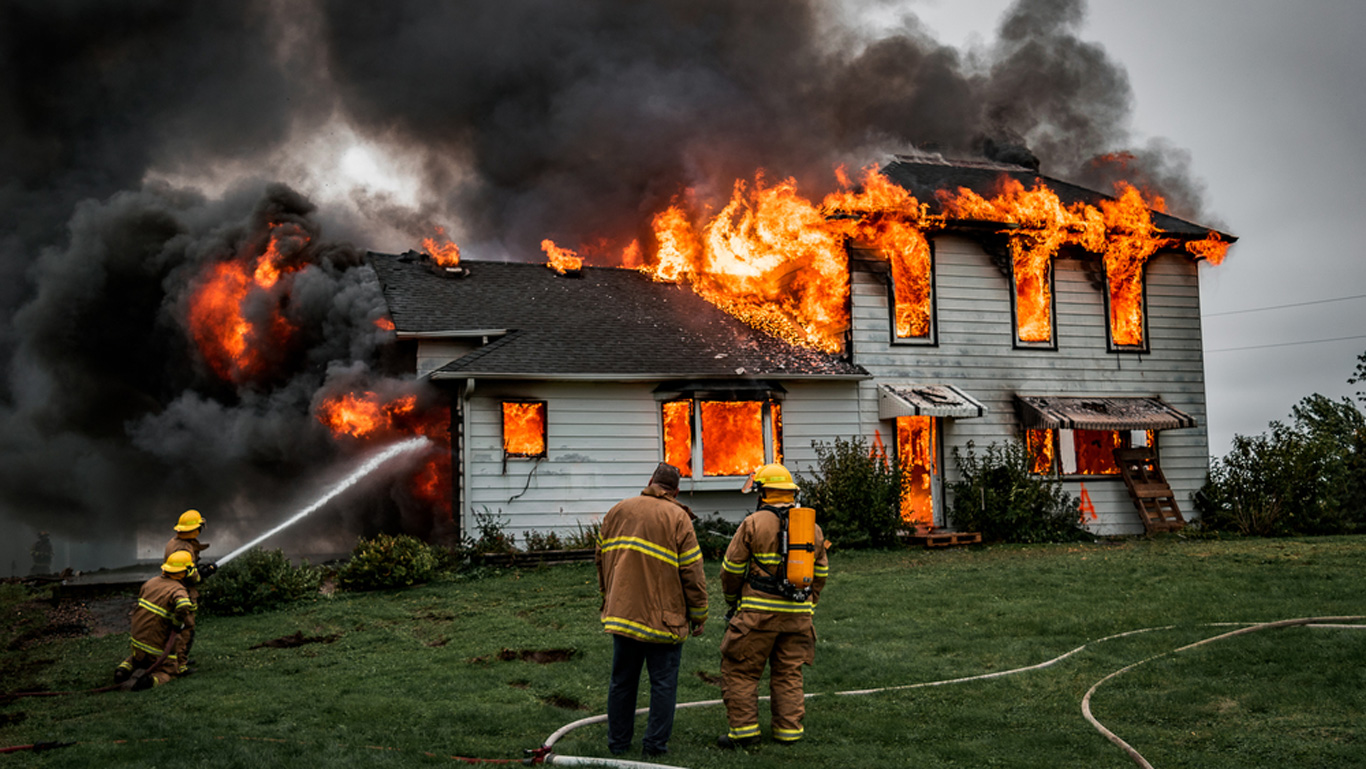
In 2023, Fire Prevention Week runs from October 8 to 14 and aims to raise fire safety awareness. There were nearly 30 residential fires per day on average in five provinces in Canada, Yukon and Canadian Armed Forces bases in 2021. Among these residential fires, 1% resulted in a death, with a total of 156 fatalities, accounting for just over three-quarters of the 202 fire-related deaths reported that year.
This release is possible thanks to the efforts of the Council of Canadian Fire Marshals and Fire Commissioners which has worked with Statistics Canada to establish the National Fire Information Database. The data include all of the fires reported in New Brunswick, Nova Scotia, Ontario, Manitoba, British Columbia, Yukon and the Canadian Armed Forces bases from 2015 to 2021.
Almost one-third of the fires from 2015 to 2021 were related to cooking
The theme of this year’s Fire Prevention Week is “Cooking safety starts with you. Pay attention to fire prevention.” So don’t step away from the stove—fires can start in seconds.
Cooking equipment and smoker's material and open flame continue to be the leading causes of fire in residential fires. These two categories have consistently accounted for over half of all residential fires that occurred from 2015 to 2021. While cooking was the leading cause of fire incidents (32%) and injuries (43%), smoker's material accounted for 64% of the residential fire-related deaths.
Over 1 in 10 residential fires occur in a home without a smoke alarm
For over one-third of the residential fires (38%) that occurred from 2015 to 2021, the status of the fire alarm was unknown, while a similar share had a working smoke alarm (37%). A further 12% had smoke alarms that did not activate and 13% had no smoke alarm installed.
Death rates were lower in homes with working smoke alarms, where 26% of incidents resulted in death. Homes without a working smoke alarm, including those without an installed alarm or the status was unknown, accounted for nearly three out of four deaths (74%). These statistics highlight the importance of functioning smoke alarms, and the potential they have to save lives and prevent injury.
Just over one-quarter of the residential fire deaths in 2021 were due to a fire caused by a person
Just over one-quarter of the residential fire deaths in 2021 were attributable to accidental or intentional fires started by a person (27%), also known as incendiary fires.
Approximately 1 in 7 residential fire deaths were related to fatigue, suspected impairment, and distraction or preoccupation (14%), while 1 in 10 were associated with mechanical or electrical failures or malfunctions (10%).
Seniors are at highest risk for fire-related death
In general, during the 2015 to 2021 period, seniors have had the highest rate of fire-related deaths. Moreover, during the first year of the COVID-19 pandemic in 2020, the number of seniors who died in fires roughly doubled from the previous year to 65 deaths. In 2021, both the number and rate of seniors who died in a fire declined toward pre-pandemic levels at 53 deaths.
StatsCAN app
Did you know you can read StatsCAN Plus articles and more on the StatsCAN app? If you’re already using the app, let us know what you think by leaving a review in the Apple App Store and Google Play.
Contact information
For more information, contact the Statistical Information Service (toll-free 1-800-263-1136; 514-283-8300; infostats@statcan.gc.ca) or Media Relations (statcan.mediahotline-ligneinfomedias.statcan@statcan.gc.ca).
